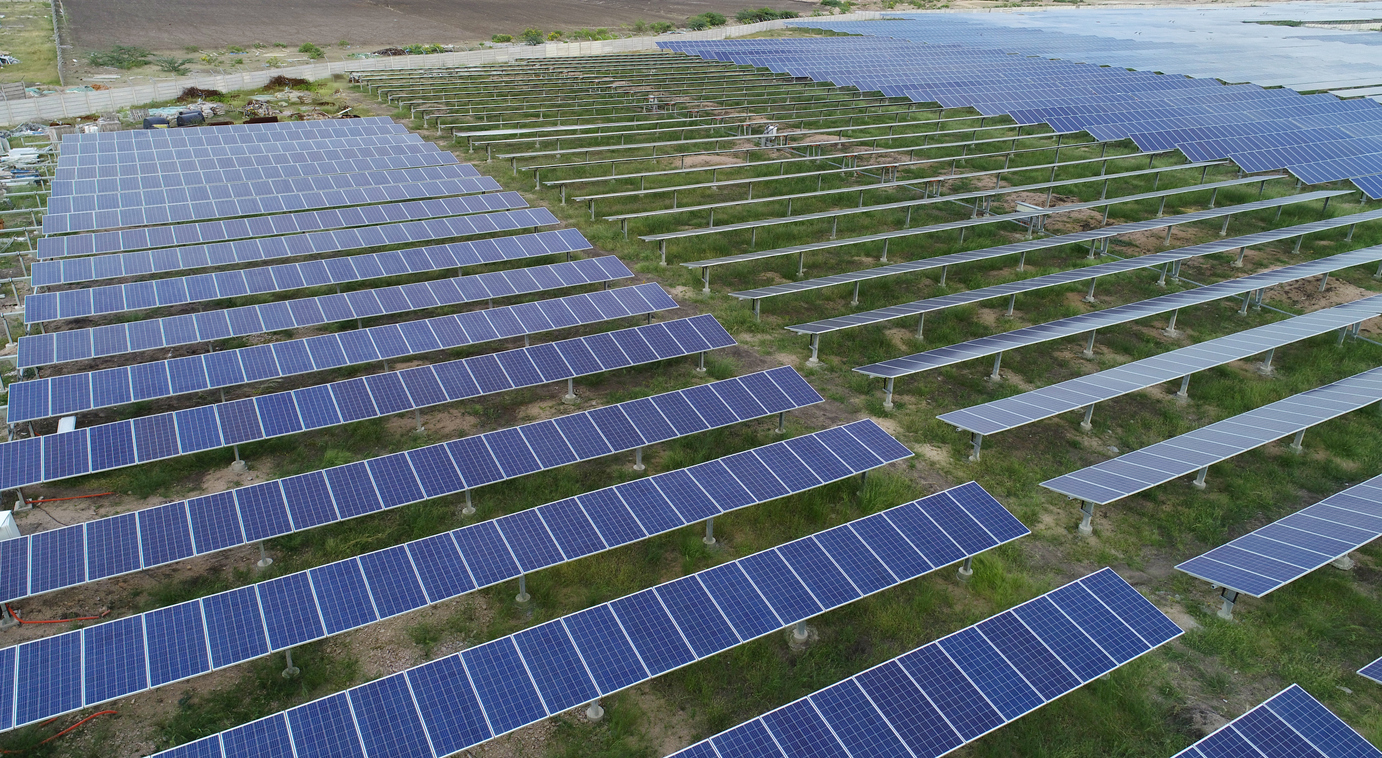
February 2, 2024
Finance Minister Nirmala Sitharaman emphasizes the role of rooftop solar in facilitating electric vehicle charging
Viability gap funding (VGF) is introduced for 1 GW of offshore wind energy, addressing the need to support economically unviable technologies in the sector
The government plans to tender 50 GW of renewable energy capacity annually for the next five financial years
The interim budget also outlines an ambitious goal to establish a coal gasification and liquefaction capacity of 100 million tonnes by 2030

The interim budget introduces a substantial boost for the rooftop solar sector, revealing plans to provide up to 300 units of free electricity per month to 10 million households through the Pradhan Mantri Suryodaya Yojana, with a dedicated fund of INR 10,000 crore.
Finance Minister Nirmala Sitharaman, in her budget speech, highlighted the potential annual savings of INR 15,000-18,000 per household, thanks to the provision of free solar electricity and the option to sell surplus energy under this initiative. Additionally, she emphasised facilitating electric vehicle charging through rooftop solar installations.
The government aims to achieve 40 GW of rooftop solar capacity by 2025-26. India’s installed rooftop solar capacity currently stands at approximately 11 GW, with only 2.7 GW allocated to the residential sector, as per a November report by the CEEW.
Furthermore, the budget introduces VGF for 1 GW of offshore wind energy, offering a significant boost to a sector that requires support for economically unviable technologies. The specific amount of VGF was not detailed in the interim budget.
To accelerate the renewable energy transition, the government plans to tender 50 GW of renewable energy capacity annually over the next five financial years, earmarking 10 GW for wind power each year.
The interim budget also outlines an ambitious goal to establish a coal gasification and liquefaction capacity of 100 million tonnes by 2030. This initiative aims to reduce the import of natural gas, methanol, and ammonia. Recently approved by the Union Cabinet, a Rs 8,500 crore viability gap funding scheme for coal gasification projects is set to benefit both public and private sector companies involved in the production of synthetic natural gas, dimethyl ether, ammonium nitrate, methanol, and more.
Source: Economic Times